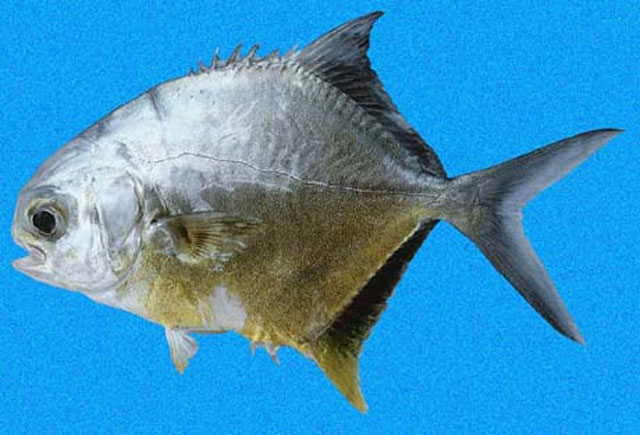| Carangidae (Jacks and pompanos), subfamily: Trachinotinae |
| 90 cm TL (male/unsexed) |
|
demersal; brackish; marine |
| Eastern Pacific: Bahía Magdalena, Baja California Sur, Mexico and southern Gulf of California to Ecuador. |
|
Body short, deep, and compressed; mouth small; teeth small, villiform, and only slightly hooked, didsappearing with age; lower branch of first gill arch with 9 to 12 gill rakers; dorsal fin with 6 spines followed by another spine and 17 to 19 soft rays (VII+I,17-19); nape prominent in adults; upper third of head and body dark; belly silvery; a dark axillary stain I covered by the pectoral fin (Ref. 55763). |
| Adults occur in coastal waters (Ref. 9283). They are common in shallow water and feed mainly on mollusks, but also take crustaceans and small fishes (Ref. 9283). Juveniles are frequently encountered in estuaries and feed on a variety of benthic invertebrates (Ref. 9283). Marketed fresh and salted or dried (Ref. 9283). |
|
Least Concern (LC); Date assessed: 30 April 2008 Ref. (130435)
|
| harmless |
Source and more info: www.fishbase.org. For personal, classroom, and other internal use only. Not for publication.
